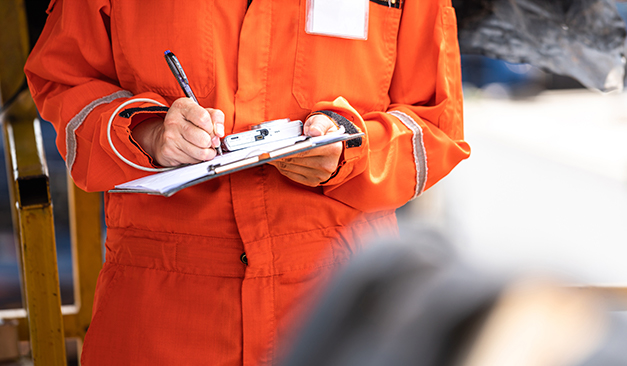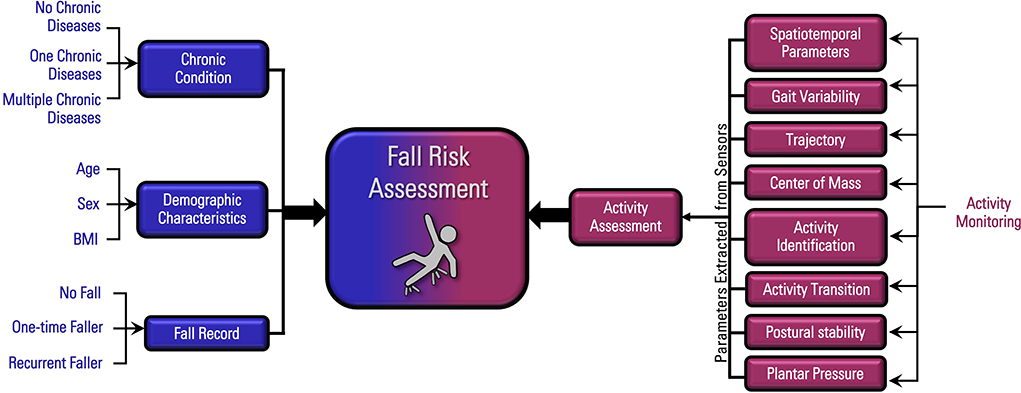The Best Guide To Dementia Fall Risk
Wiki Article
Dementia Fall Risk for Beginners
Table of ContentsThe Of Dementia Fall RiskWhat Does Dementia Fall Risk Do?Fascination About Dementia Fall RiskThe Facts About Dementia Fall Risk Uncovered
A loss threat analysis checks to see just how most likely it is that you will fall. It is primarily provided for older adults. The assessment typically includes: This consists of a collection of concerns concerning your general health and wellness and if you've had previous falls or troubles with balance, standing, and/or strolling. These tools evaluate your strength, equilibrium, and gait (the way you stroll).Treatments are recommendations that may lower your risk of falling. STEADI consists of three steps: you for your threat of falling for your danger variables that can be boosted to try to avoid drops (for instance, balance troubles, damaged vision) to reduce your threat of falling by utilizing efficient approaches (for instance, providing education and learning and resources), you may be asked several concerns including: Have you fallen in the previous year? Are you stressed regarding dropping?
You'll sit down again. Your copyright will check exactly how long it takes you to do this. If it takes you 12 seconds or more, it may imply you are at higher risk for a fall. This examination checks toughness and equilibrium. You'll being in a chair with your arms went across over your upper body.
The settings will get more difficult as you go. Stand with your feet side-by-side. Move one foot halfway onward, so the instep is touching the large toe of your other foot. Move one foot fully in front of the other, so the toes are touching the heel of your various other foot.
Getting My Dementia Fall Risk To Work
A lot of drops occur as an outcome of numerous contributing variables; for that reason, taking care of the risk of dropping starts with identifying the elements that add to fall danger - Dementia Fall Risk. Several of the most appropriate threat factors include: Background of previous fallsChronic clinical conditionsAcute illnessImpaired gait and equilibrium, lower extremity weaknessCognitive impairmentChanges in visionCertain high-risk medicines and polypharmacyEnvironmental factors can also boost the danger for drops, consisting of: Inadequate lightingUneven or harmed flooringWet or unsafe floorsMissing or harmed hand rails and get hold of barsDamaged or incorrectly equipped tools, such as beds, wheelchairs, or walkersImproper use of assistive devicesInadequate supervision of the individuals staying in the NF, consisting of those who exhibit aggressive behaviorsA successful autumn danger monitoring program calls for a complete professional assessment, with input from all members of the interdisciplinary team

The treatment strategy must additionally consist of treatments that are system-based, such as those that advertise a risk-free atmosphere (proper illumination, hand rails, get hold of bars, etc). The effectiveness of the interventions should be assessed periodically, and the care strategy changed as essential to mirror adjustments in the loss danger evaluation. Executing an autumn risk management system using evidence-based ideal technique can minimize the occurrence of falls in the NF, while restricting the capacity for fall-related injuries.
Not known Factual Statements About Dementia Fall Risk
The AGS/BGS guideline advises screening my link all adults basics matured 65 years and older for fall danger yearly. This testing contains asking people whether they have dropped 2 or more times in the past year or looked for clinical interest for a loss, or, if they have not fallen, whether they really feel unsteady when strolling.Individuals that have dropped as soon as without injury must have their equilibrium and gait reviewed; those with gait or balance problems ought to obtain additional evaluation. A background of 1 fall without injury and without gait or balance problems does not warrant further evaluation past continued yearly fall danger testing. Dementia Fall Risk. A fall threat evaluation is called for as learn this here now component of the Welcome to Medicare assessment

Things about Dementia Fall Risk
Documenting a drops history is among the high quality indications for loss avoidance and monitoring. An essential part of danger analysis is a medication testimonial. A number of classes of medications boost autumn risk (Table 2). Psychoactive medications in certain are independent predictors of falls. These medications often tend to be sedating, alter the sensorium, and hinder equilibrium and gait.Postural hypotension can frequently be reduced by decreasing the dose of blood pressurelowering drugs and/or stopping medicines that have orthostatic hypotension as an adverse effects. Use above-the-knee assistance hose and resting with the head of the bed raised might additionally minimize postural reductions in high blood pressure. The suggested elements of a fall-focused physical evaluation are revealed in Box 1.

A TUG time greater than or equal to 12 seconds suggests high autumn danger. Being incapable to stand up from a chair of knee height without using one's arms suggests raised loss risk.
Report this wiki page